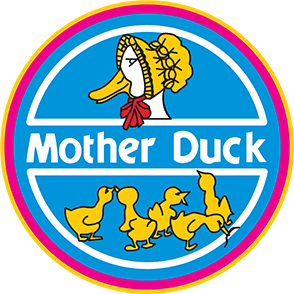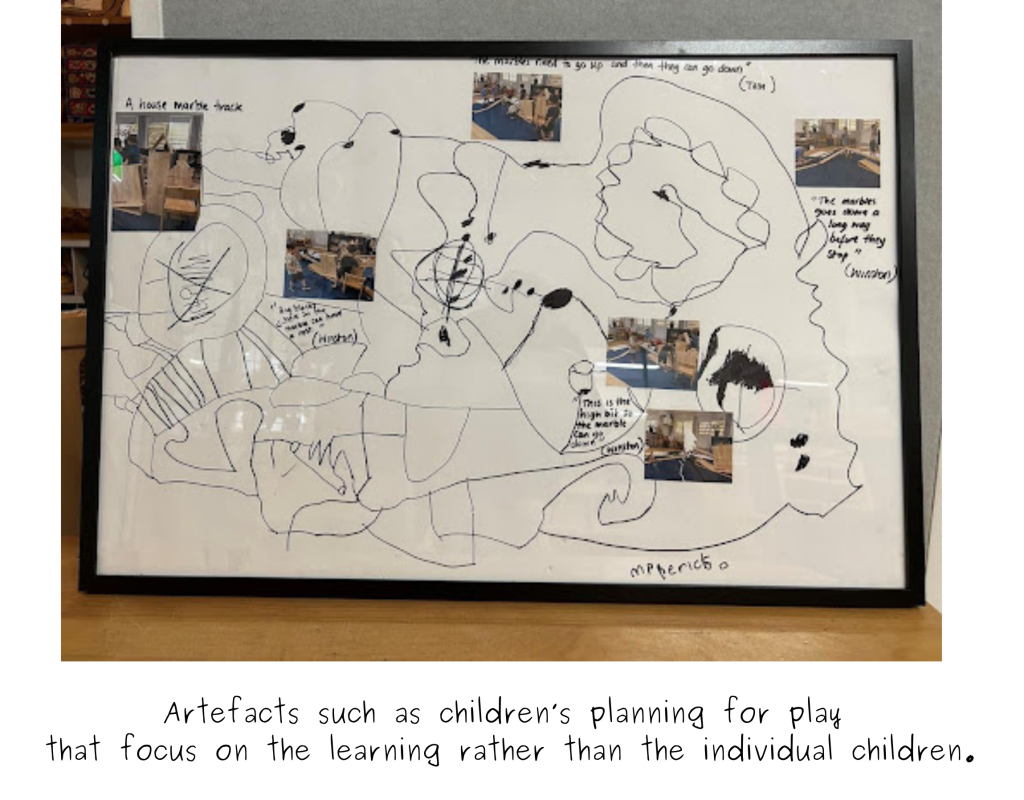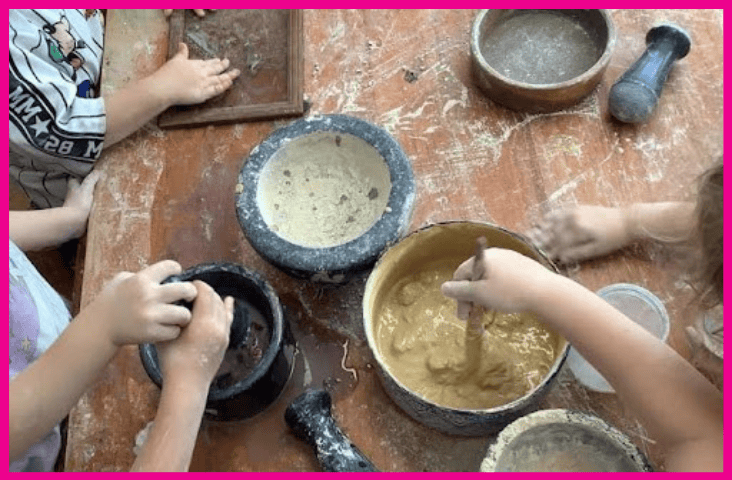
Re-imagining the use of photographs in Early Childhood Education: Beyond the happy snap
In the lively world of early childhood education settings, the role of photography has recently begun to evolve from capturing ‘cute’ moments of individual children, to authentically informing teachers and educators about the significance of the teaching AND learning that occurs each day in our services. However, in my view, it would appear that the widespread use of daily snapshots (often uploaded on to an application or a digital platform) is still prevalent. For me, this raises serious questions about their authenticity and purpose. Are these images truly reflective of children’s development and engagement, their competence as thinkers and learners – or are they merely ticking the wants and needs of a digital age that is becoming fixated on the immediate gratification that a photo might offer?
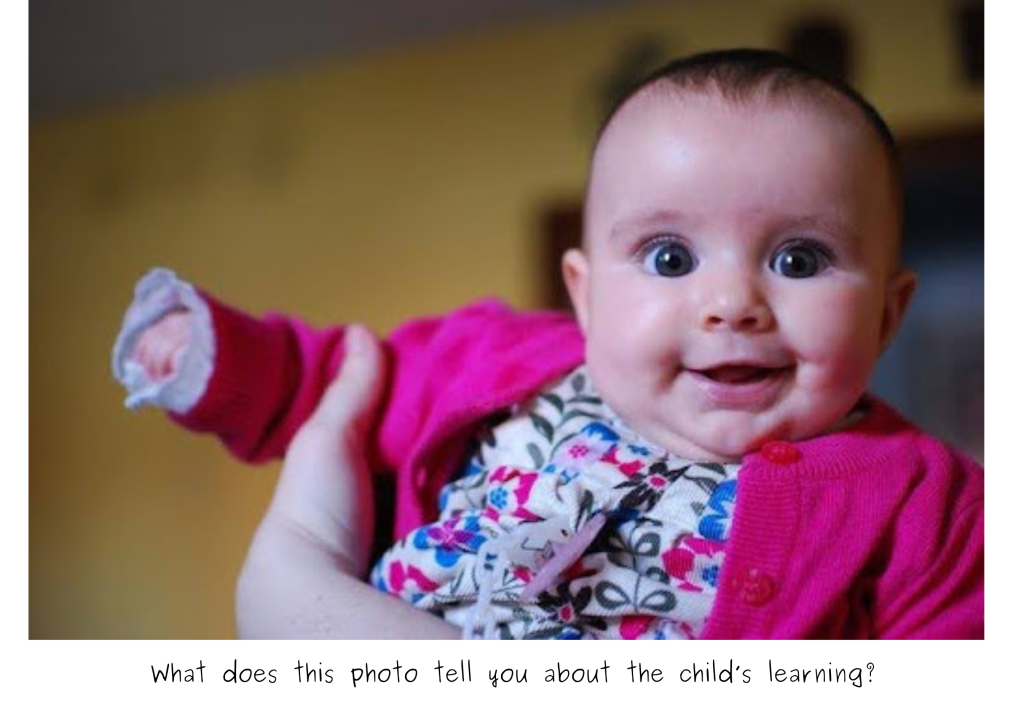
Our teaching teams face seemingly mounting pressure to provide visual evidence of children’s ‘activities’ and progress. From employers to families, there’s a widespread expectation for daily updates through photographs. It is as though without a picture, the learning experience did not happen. This pressure stems from a social media perspective, that is, if there are no pictures, the event did not happen. I can assure you that this is not the case!
Undoubtedly, photography can be a very powerful tool. A well-captured image paired with a thoughtful narrative can offer valuable insights into a child’s growth. It communicates to children that their accomplishments and efforts are valued and remembered. It offers educators an opportunity to critically reflect on the context offered for children’s learning and development and to further consider where they might lead this learning. It might also offer families an opportunity to see how important learning is socially constructed, as we know that children learn as they interact with people, places, and things. Yet, when used excessively or without genuine purpose, photography risks becoming superficial and out of the context in which the learning may have taken place. It may prioritise appearances/cuteness over substance, portraying moments that look good rather than moments that truly matter when it comes to early childhood education.
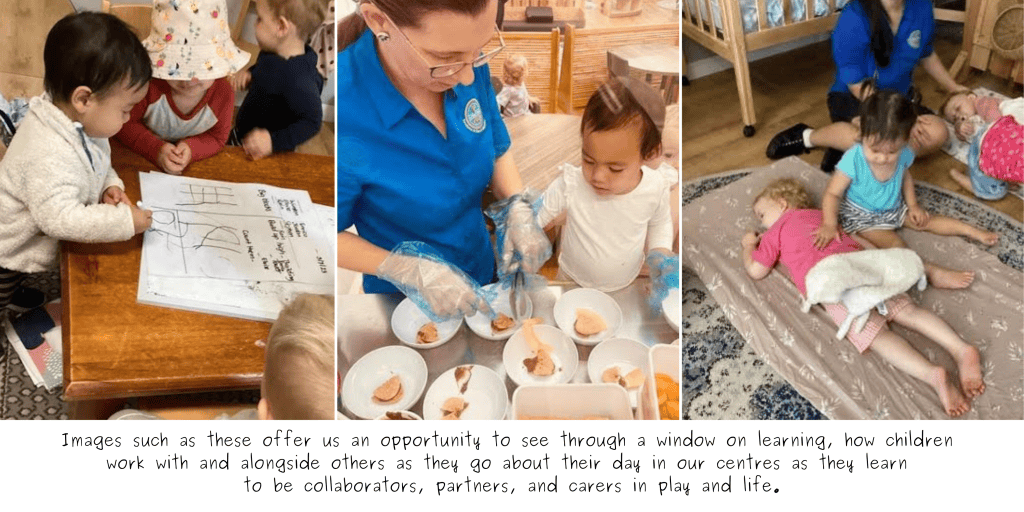
To reclaim the authenticity of educational documentation, it is crucial to shift the focus from quantity to quality. Educators must ask themselves: Are we ‘being’ with the child, engaging in meaningful interactions that foster learning and growth? Or are we merely photographing them, reducing their experiences to digital artifacts in order to appease a particular audience? You know, I once did an hour count over one month in an early childhood setting that (at that time) uploaded photos of every child for families to see, EVERY DAY!! It took the educators a total of 55 hours to do this – 5 days a week over a month. I then asked the families what they would prefer – 55 hours for qualified educators to sit uploading photos on to a digital platform, or would they prefer the 55 hours be dedicated to being present with the children … only one family opted for the photos!
Helping families to see the purpose of documentation is essential. It involves clear communication about what constitutes meaningful evidence of learning and development. Rather than relying solely on photographs, educators at Mother Duck have been exploring diverse forms of documentation such as our stories of teaching and learning, artefacts that are displayed with narratives, in-studio panels, and of course our foyer panels that explore the focus of the learning at each centre. These methods provide a more comprehensive view of children’s progress with an alongside others, which I believe fosters deeper connections between educators, families, and children.
In conclusion, while photography remains a valuable tool in early childhood education, its use must align with ethical and educational considerations. At Mother Duck, we always consider the child’s point of view when sharing evidence of learning, gaining their permission to share whenever we can. We also give deep thought to what we want to share and why we wish to share it. Our focus is on capturing moments that authentically reflect the children’s learning journey, rather than merely meeting a daily quota of snapshots. By prioritising genuine engagement and meaningful documentation, I believe we can truly honour the spirit of early childhood education: nurturing and celebrating each child’s unique path of growth and discovery as they collaborate, think and work with others.
In essence, let’s move beyond the snapshot. Let’s embrace depth over surface, authenticity over appearance, and meaningful interactions over digital impressions.

